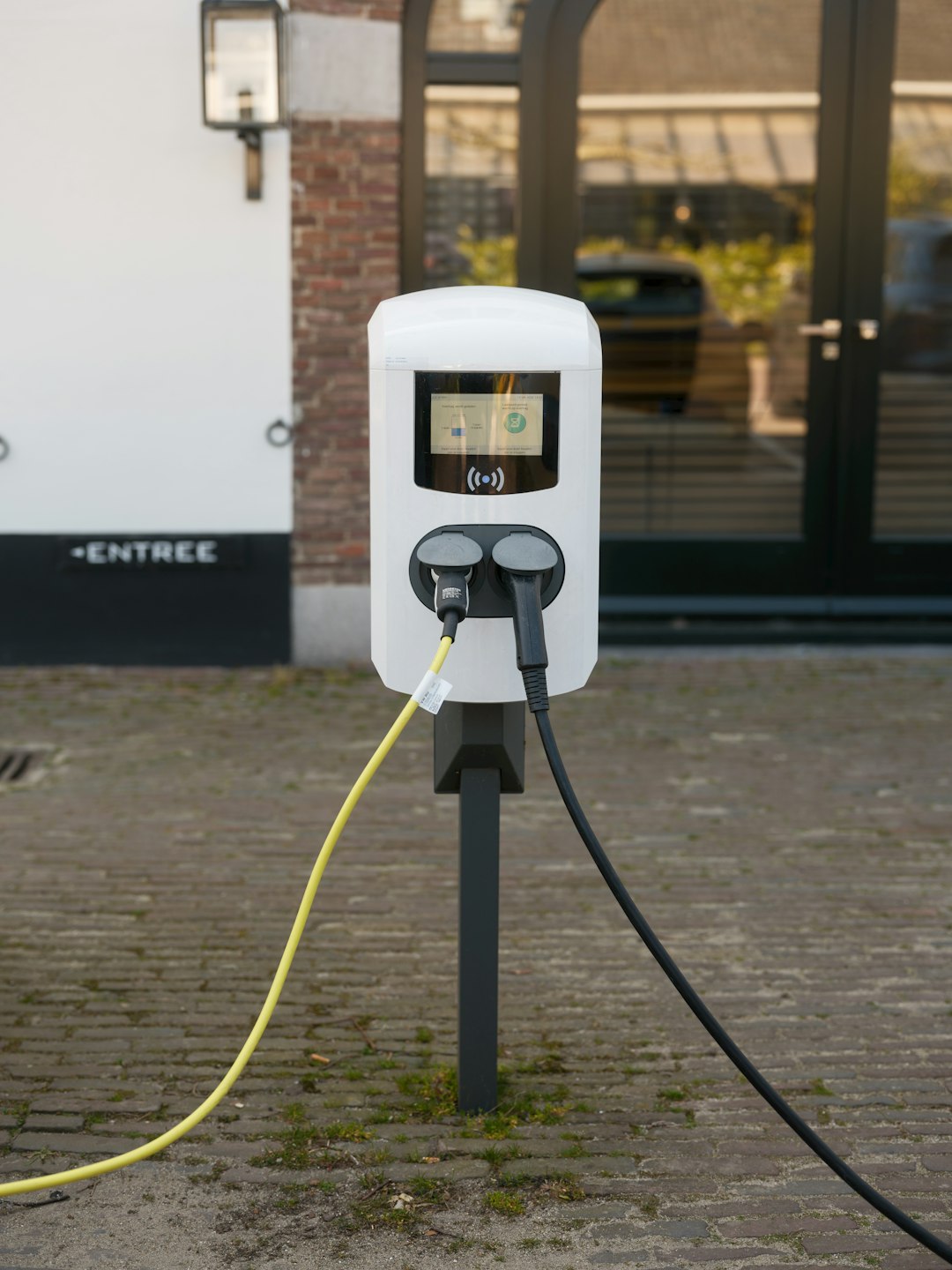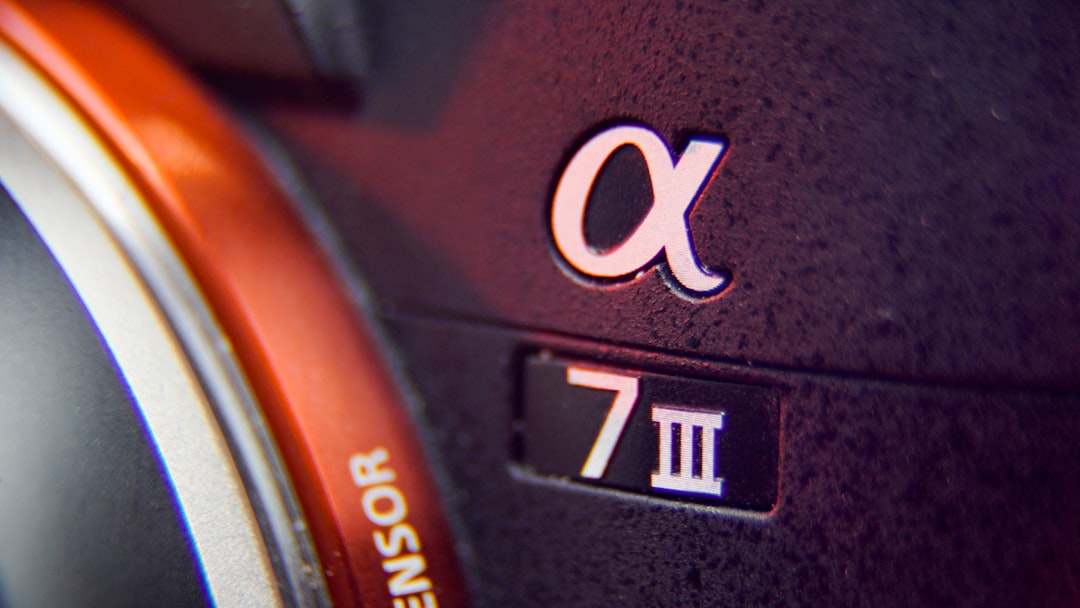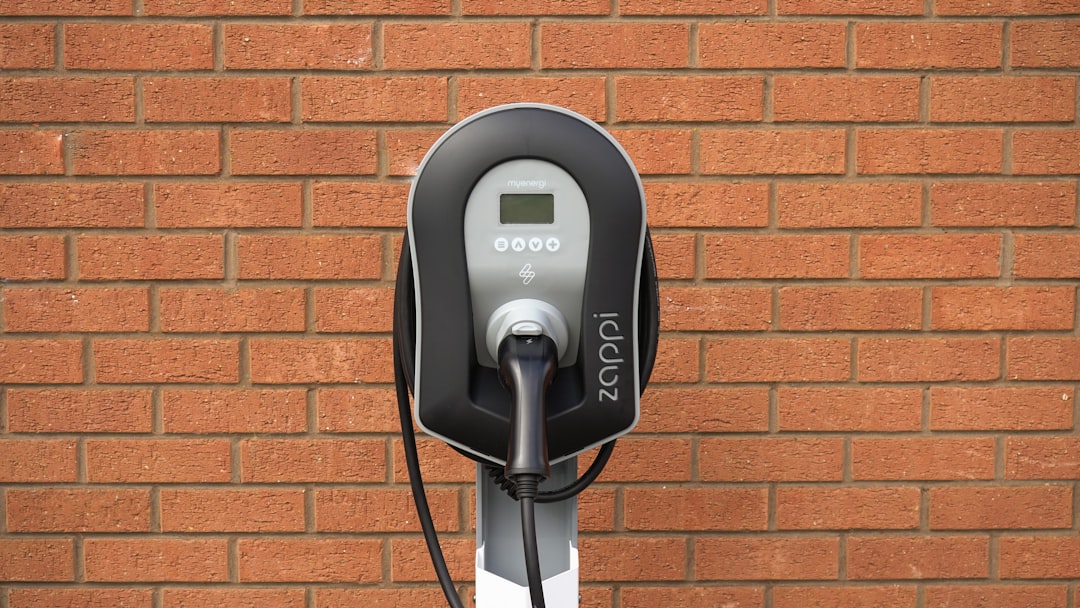In the ever-evolving landscape of flagship smartphones, two powerhouses have emerged in 2024, each offering a compelling package for premium users: the OnePlus 12 and the Google Pixel 9 Pro. While both phones are exceptional in their own right, they each adopt a different philosophy when it comes to what makes a flagship device stand out. OnePlus doubles down on speed and fluidity, while Google continues to refine its computational photography and AI capabilities. The result is a showdown between two visions of the perfect smartphone—fluidity versus photographic mastery.
Table of Contents
Design and Build Quality
Both devices feature a premium design ethos, with smooth curves, glass finishes, and aluminum frames. But the differences start to become evident the minute you hold them in your hand. The OnePlus 12 has a slightly more futuristic feel to it—its symmetrical design, curved AMOLED display, and subtle gradient finishes give it an artistic flair.
The Pixel 9 Pro, on the other hand, stays true to Google’s design language, with a matte back, a more prominent camera bar, and slightly flatter edges for improved grip. While OnePlus aims at sleekness and symmetry, Google’s design leans into identity and practical ergonomics.

Display: Smooth vs Accurate
The OnePlus 12 boasts a 6.8-inch QHD+ LTPO AMOLED with a dynamic 1-120Hz refresh rate, 2160Hz PWM dimming for eye comfort, and a peak brightness of 4,500 nits. It continues the company’s tradition of offering some of the best displays on the market, making everything from animations to gaming feel incredibly smooth. This is where OnePlus earns its reputation for leading in fluid responsiveness.
The Pixel 9 Pro, while also impressive with its 6.7-inch LTPO OLED and variable refresh rate, favors visual accuracy over fluidity. Color calibration on the Pixel remains exceptional, and its brightness and HDR support are highly competent. Yet, it’s clear that Google prioritizes realism and visual consistency over sheer speed.
Performance and Software
At the heart of the OnePlus 12 lies the Qualcomm Snapdragon 8 Gen 3 processor. Paired with up to 16GB of LPDDR5X RAM and UFS 4.0 storage, it delivers blazing fast performance. Whether you’re gaming at high settings, multitasking across apps, or simply navigating the UI, everything feels instantaneous.
Google’s Pixel 9 Pro uses the new Tensor G4 chip, designed in-house with a heavy focus on AI and machine learning capabilities. While it isn’t as benchmark-dominant as Qualcomm’s chip, the Tensor G4 excels in smart background processing, voice recognition, and contextual awareness features that enhance day-to-day usability.
Both phones run on Android 14 out of the box, but the experiences are quite different:
- OnePlus 12 uses OxygenOS, which is clean but customizable, and well-optimized for speed.
- Pixel 9 Pro offers a purist Android experience with deep integration of Google services and Pixel-exclusive software features.
Camera Systems: A Matter of Priorities
This is arguably where the difference between the two phones becomes most pointed. The Pixel 9 Pro is—unsurprisingly—a photography tour de force. Google continues to refine its computational imaging, and the new 50MP GN2 main sensor, combined with a 64MP periscope telephoto and a 48MP ultrawide, gives the Pixel versatility and excellence across all conditions.
Images from the Pixel 9 Pro are marked by fine detail, excellent dynamic range, and lifelike colors. Night Sight, Motion Mode, and improved portrait features benefit heavily from the new Tensor chip’s ML capabilities.
The OnePlus 12, for its part, isn’t slouching either. It partners once again with Hasselblad to fine-tune its cameras, employing a 50MP Sony sensor, a 64MP 3x periscope telephoto, and a reliable ultrawide lens. The photos are sharp, vibrant, and detailed, especially in good lighting. But when compared side-by-side with the Pixel, the OnePlus sometimes lacks the photographic subtlety and low-light prowess that defines Google’s imaging pipeline.
Battery Life and Charging
Here’s where OnePlus takes a clear lead. The OnePlus 12 includes a massive 5,400mAh battery, and courtesy of its software optimizations and power-efficient display tech, it often lasts a full day and then some. But the real standout feature is its 100W wired charging and 50W wireless charging, meaning you can go from 1% to full in under 30 minutes with the wired charger.
The Pixel 9 Pro’s 5,050mAh battery is respectable and offers solid endurance. However, its 30W wired and 23W wireless charging feels dated in comparison. Google clearly prioritizes battery health and safety over speed, but for power users, that trade-off may be noticeable.
AI and Smart Features
Google brings its A-game with AI integrations on the Pixel 9 Pro. The Assistant is smarter, call screening is more effective, and features like Magic Editor and Live Translation set a new bar for what smartphones can do natively. With each new generation, Google’s phones increasingly resemble mini personal assistants instead of just communication tools.
OnePlus, while not as ambitious in the AI space, still offers tried-and-true smart features, like Smart Sidebar, enhanced multitasking modes, and HyperBoost for gaming performance. But it doesn’t deliver the same degree of contextual intelligence present in the Pixel line.
Price and Value
The OnePlus 12 undercuts many flagships by offering premium specs at a slightly lower price—starting at around $799 for the base model. This makes it one of the best value propositions for users focused on speed, display quality, and fast charging.
The Pixel 9 Pro, predictably, starts at a higher price point—$999. What you’re paying for is not just hardware, but years of carefully tuned software, photography credentials, and AI capabilities that can meaningfully enrich your daily life.
Who Should Choose Which?
Your ideal device depends heavily on your priorities:
- If performance, UI fluidity, and fast charging top your list, the OnePlus 12 is a supreme choice. It delivers on all the core promises of a fast, beautiful, and endurance-driven smartphone.
- If photography, AI assistance, and software quality are more important, then the Pixel 9 Pro excels in those areas in ways few phones can compete with.

Conclusion
In the battle of fluidity versus photos, there’s no outright winner—only different champions for different needs. The OnePlus 12 fires on all cylinders when it comes to raw power and user responsiveness, while the Pixel 9 Pro sets the gold standard in smart features and imaging. For those seeking a dynamic, immersive smartphone experience, both phones represent the pinnacle of what Android can offer today. The final choice, as always, lies in understanding your own mobile priorities.




